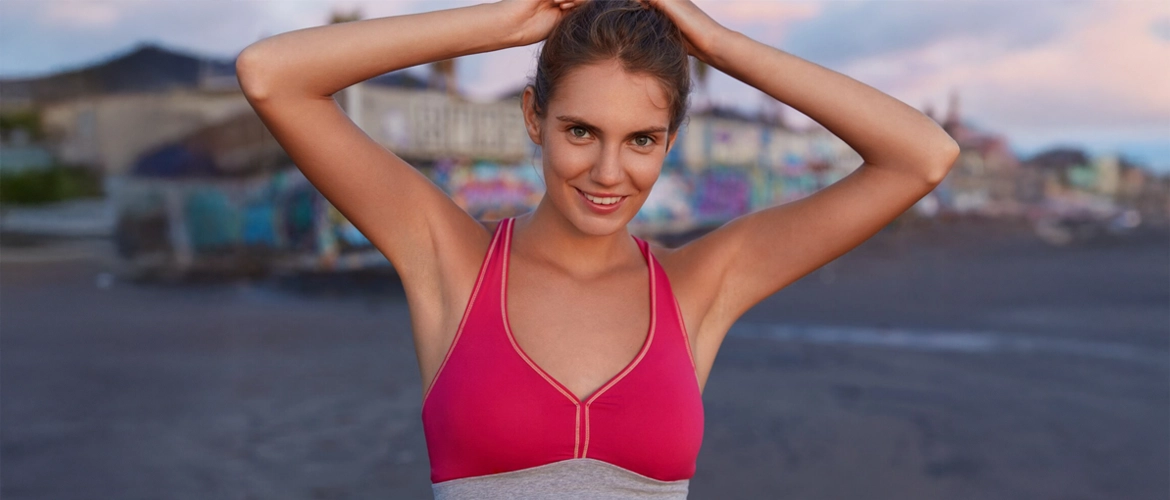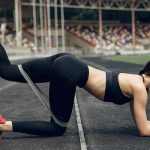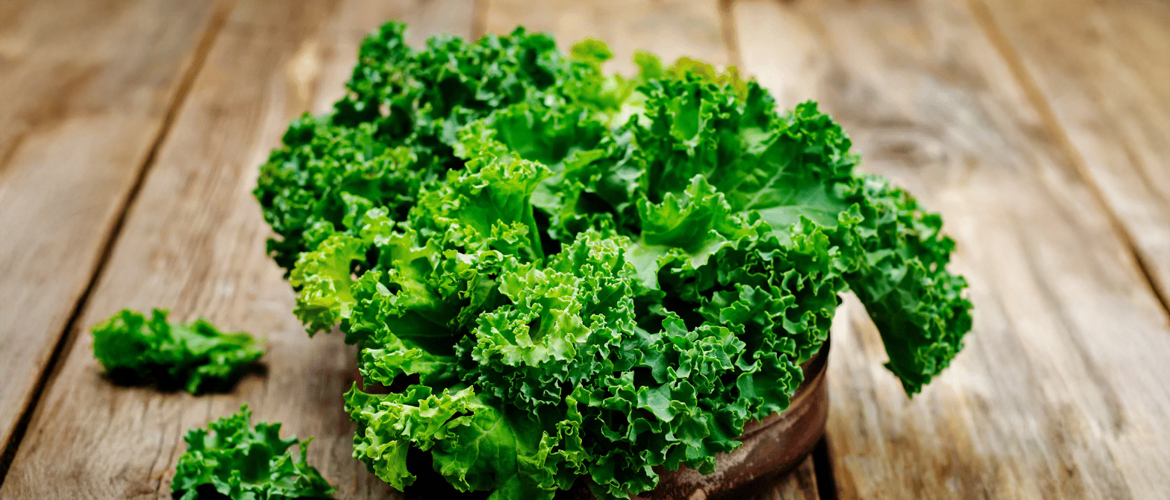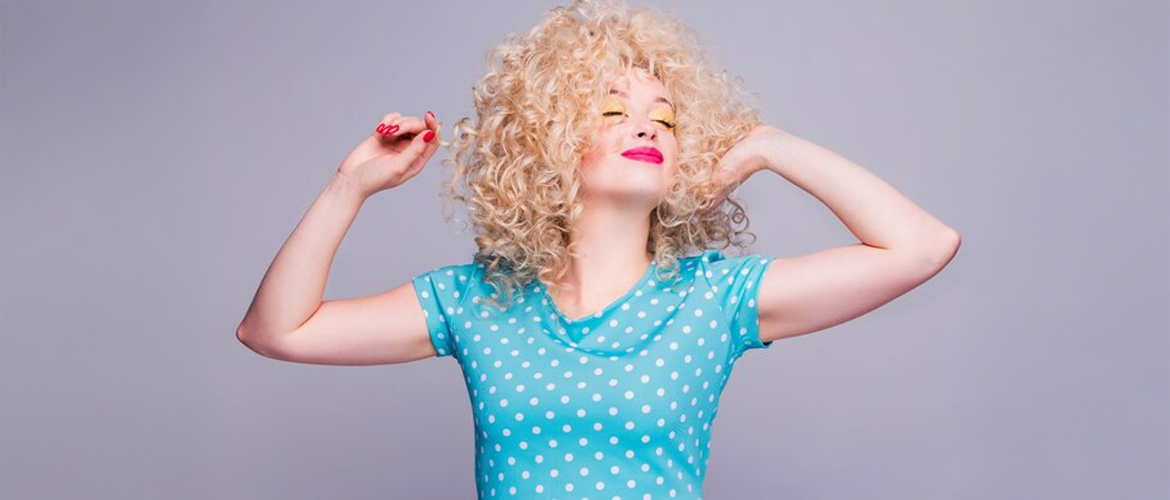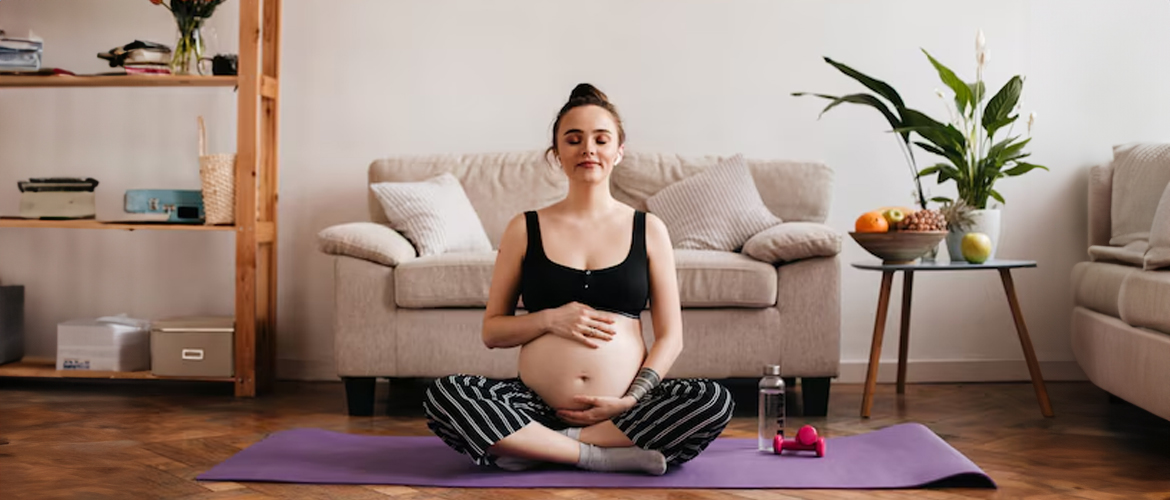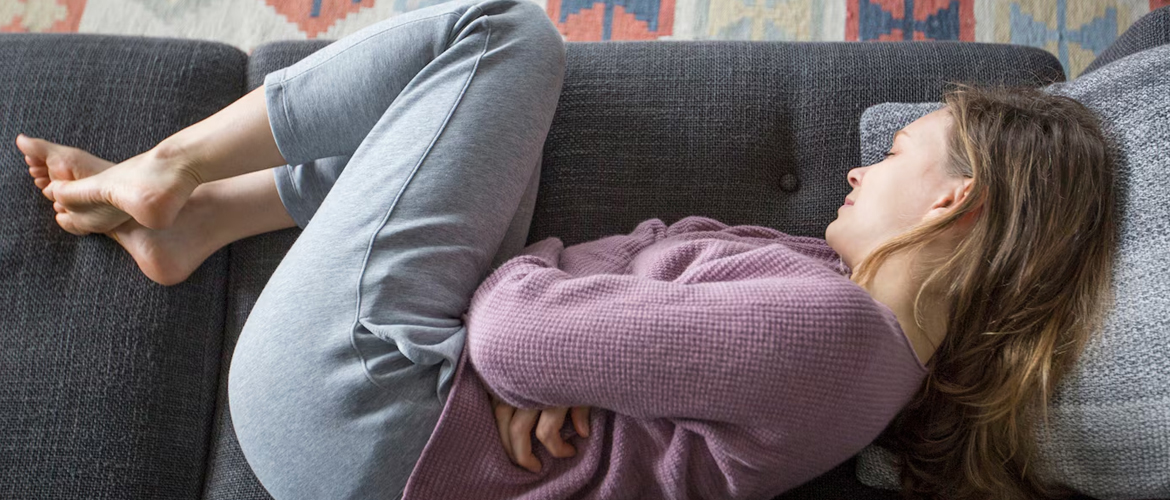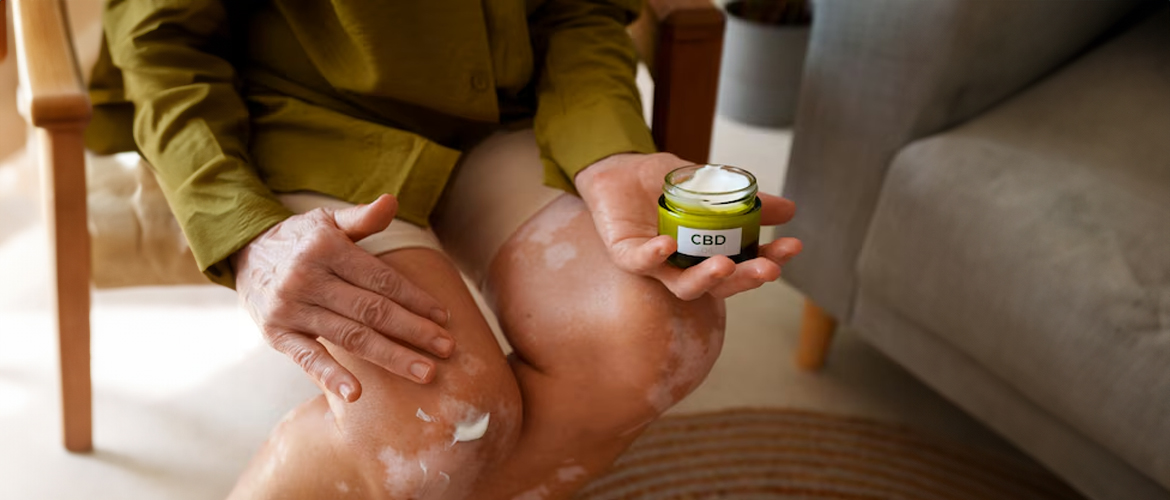Finding the perfect sports bra can feel like a workout itself. Between confusing sizes, tight bands, and styles that look cute but don’t hold up (literally), it’s easy to get overwhelmed.
So if you’ve ever finished a run wondering whether your bra or your endurance gave up first—this one’s for you.
Why a Good Sports Bra Matters More Than You Think
Here’s the thing: a sports bra isn’t just another piece of gym wear—it’s essential support just like how a nursing bra is essential post pregnancy. When you work out, your breasts can move in multiple directions—up, down, and even side to side. Without proper support, that repetitive motion can cause discomfort, tissue strain, and yes, long-term sagging.
A great sports bra minimizes bounce, improves posture, and lets you focus on your workout, not what’s going on under your tank top.
Step 1: Know Your Support Level

Not every workout needs the same level of support. Think of your sports bras like shoes—you wouldn’t wear flip-flops to a hike, right?
Here’s a quick breakdown:
Low-Impact (Yoga, Pilates, Walking)
Light, flexible fabrics with minimal compression. Think soft and breathable.
Best for: Smaller cup sizes or relaxed movement.
Medium-Impact (Dance, Weight Training, Cycling)
A blend of compression and light encapsulation.
Best for: Everyday workouts that need some bounce control.
High-Impact (Running, HIIT, Jumping)
Maximum support with separate cups and strong straps.
Best for: Larger busts or activities with intense movement.
Step 2: Understand the Two Main Types
Sports bras come in two main designs—each with its purpose.
Compression Bras
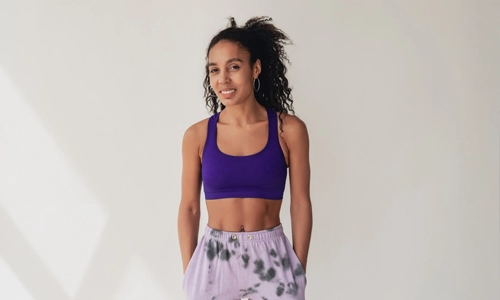
These “hold you in” and flatten the chest slightly. Great for smaller busts and low-impact workouts.
Encapsulation Bras
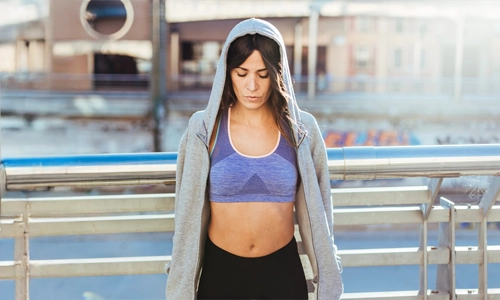
These have individual cups for each breast, offering structure and separation. They’re ideal for medium to high-impact workouts and larger cup sizes.
Some modern styles even combine both for hybrid support—perfect for those who do a bit of everything.
Step 3: Check the Fit (Your Bra Shouldn’t Fight You!)
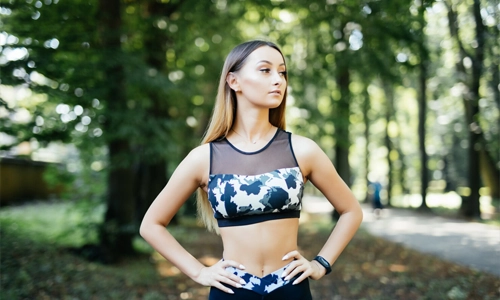
Here’s how to make sure your sports bra actually fits:
1. Band Test
The band should sit snugly around your ribcage. If it rides up, it’s too loose.
Tip: You should be able to fit two fingers under the band—no more.
2. Strap Check
Straps should stay in place but not dig in. Adjustable straps are a lifesaver, especially for different body shapes.
3. Cup Fit
Your breasts should be fully contained—no spillage or gapping.
4. Jump Test
Try jumping or jogging in place. If there’s too much movement or discomfort, it’s not the right one.
Step 4: Fabric & Features That Actually Matter

When choosing a sports bra, look for these fabric details:
- Moisture-wicking material: Keeps sweat away from your skin.
- Breathable mesh panels: Add ventilation for intense workouts.
- Wide straps or racerbacks: Distribute weight evenly across your shoulders.
- No underwire (optional): Some love it for shape; others find it restrictive—choose what feels right for you.
And please—don’t underestimate comfort! If it’s not comfy in the dressing room, it won’t be mid-spin class either.
Step 5: Replace Them Regularly (Yes, Really!)
Just like running shoes, sports bras wear out. The elastic weakens, the fabric stretches, and before you know it, you’re not getting the same support.
A good rule of thumb? Replace your sports bra every 6–12 months if you work out regularly.
Bonus: How to Know You’ve Found “The One”
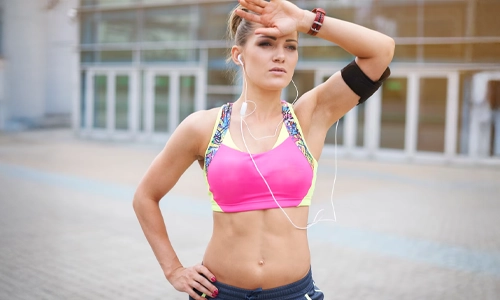
You know you’ve found the perfect sports bra when:
- You forget you’re even wearing it.
- You can move freely without tugging or adjusting.
- Your workout feels more focused and confident.
That’s when you know—you’re supported in every way.
FAQs: How to Choose a Sports Bra
Q1: Should I size up for comfort?
No! Sports bras are meant to fit snugly. If it feels too tight, try a different brand or adjust the band/strap style instead of going up a full size.
Q2: Can I wear a sports bra every day?
You can, but choose softer, low-impact styles for daily wear. High-impact bras are designed for workouts, not all-day comfort.
Q3: Are padded sports bras better?
Padding adds shape and modesty, but support depends more on structure and fabric, not padding thickness.
Q4: How many sports bras should I own?
At least two to three—so you can rotate them and let the elastic rest between washes.
Finding your perfect sports bra shouldn’t feel like a guessing game. Once you understand your support needs, body type, and workout routine, you’ll know exactly what to look for.
Remember—your comfort equals your confidence. When your bra supports you right, everything else just falls into rhythm.
So go ahead, do the jump test, lift those arms, and move freely—you deserve a sports bra that moves with you, not against you.

